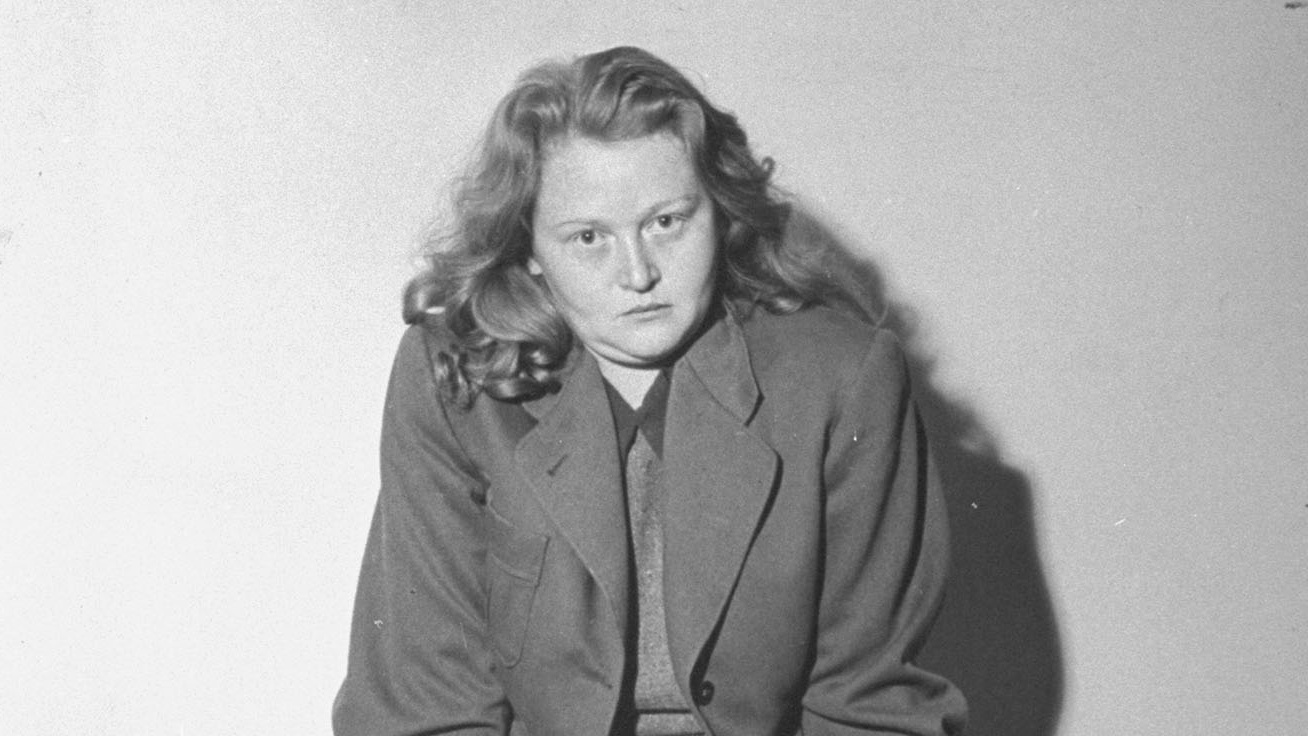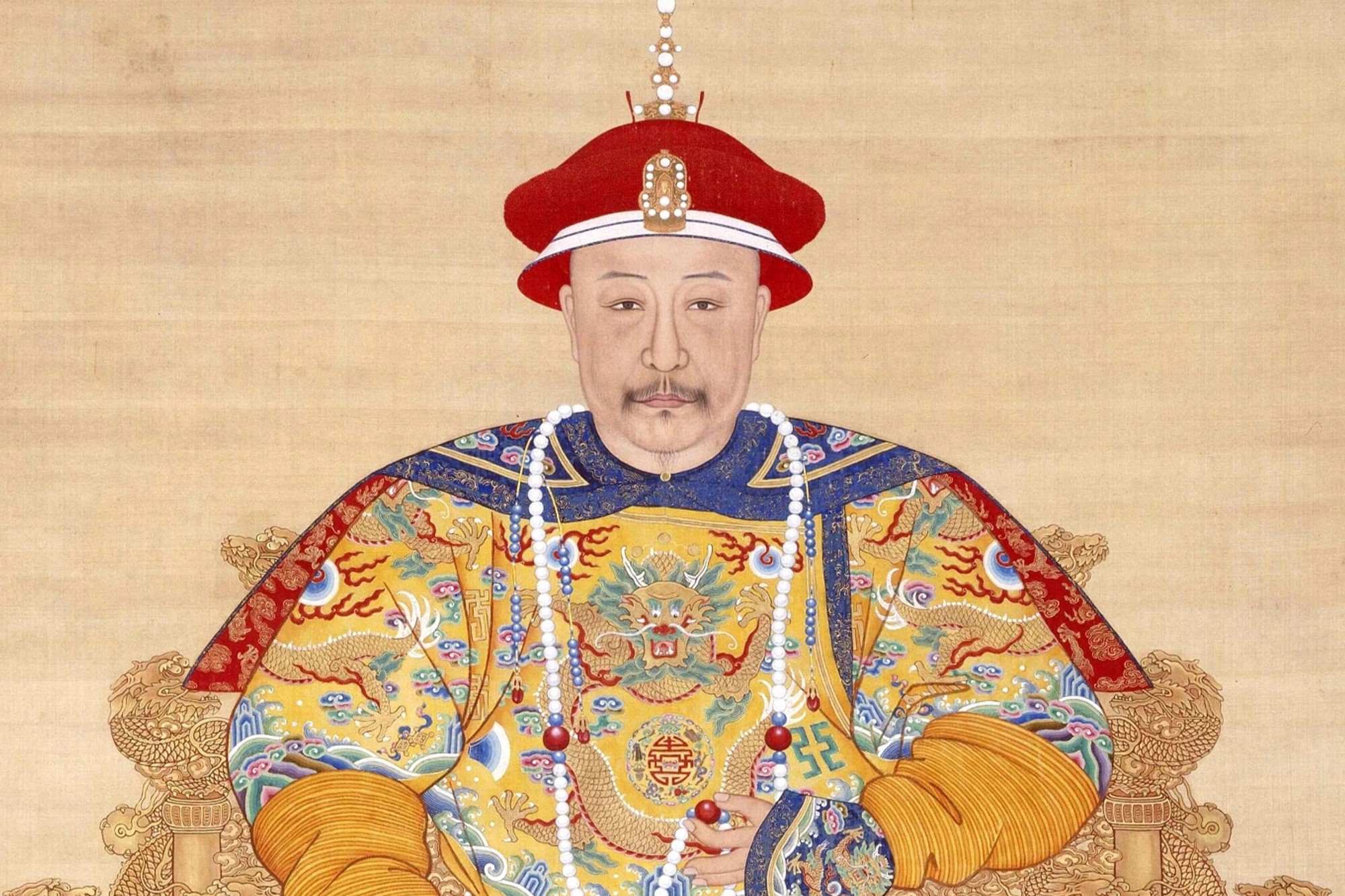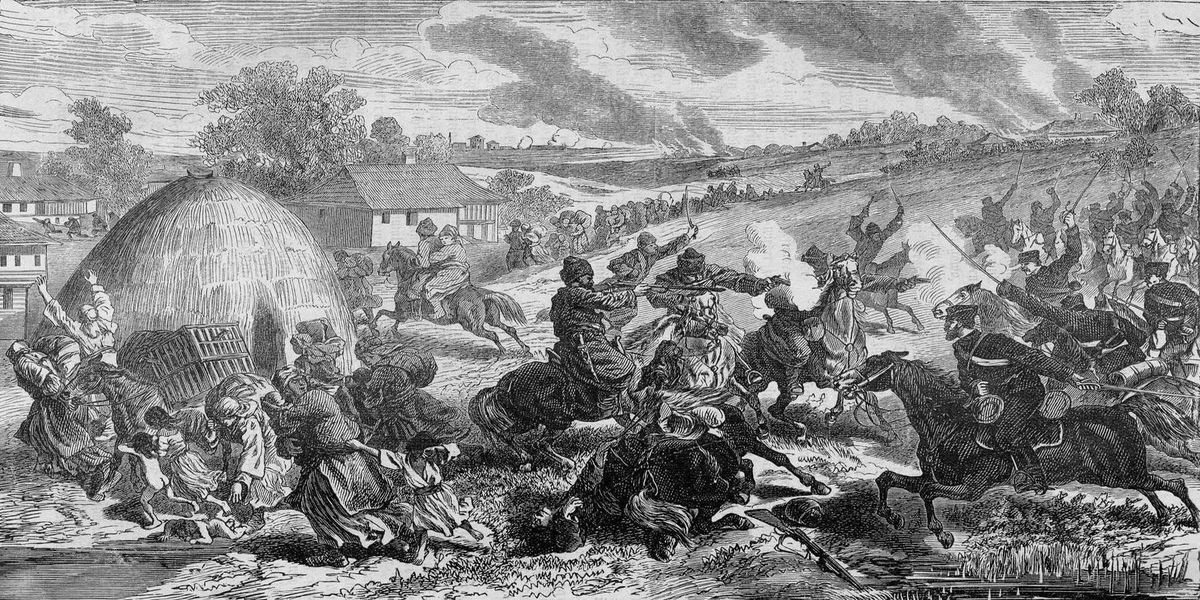
Who was Ilse Koch? Known as the "Witch of Buchenwald," Ilse Koch was infamous for her brutal actions during World War II. She was the wife of Karl-Otto Koch, the commandant of the Buchenwald concentration camp. Her notoriety stemmed from her alleged involvement in selecting prisoners for execution and collecting their tattooed skin as macabre souvenirs. Born in Dresden, Germany, in 1906, she joined the Nazi Party in 1932 and later became a guard at the Sachsenhausen camp before moving to Buchenwald. Her cruel behavior and sadistic tendencies made her one of the most reviled figures of the Holocaust. Ilse Koch was eventually tried and convicted for her war crimes, serving as a stark reminder of the horrors of that era.
Key Takeaways:
- Ilse Koch, known as "The Witch of Buchenwald," was a notorious figure during World War II, infamously collecting tattoos from prisoners' skin and exhibiting cruel behavior at Buchenwald concentration camp.
- Her actions left a lasting impact on history, serving as a grim reminder of the horrors of the Holocaust, and her story is used in educational programs to teach about the dangers of unchecked power and the importance of remembering history.
Early Life and Background
Ilse Koch, known for her infamous role during World War II, had a life filled with dark and disturbing events. Here are some facts about her early years and background.
- Born in Dresden, Germany, on September 22, 1906, Ilse Koch grew up in a middle-class family.
- Her father was a factory foreman, and her mother was a homemaker.
- As a young girl, she was described as a diligent student with a keen interest in sports.
- After completing her education, she worked as a bookkeeping clerk.
Rise to Infamy
Ilse Koch's notoriety began when she married Karl-Otto Koch, a high-ranking SS officer. Her actions during this period earned her the nickname "The Witch of Buchenwald."
- In 1936, she married Karl-Otto Koch, who later became the commandant of Buchenwald concentration camp.
- She joined the Nazi Party in 1932, aligning herself with its ideologies.
- Ilse Koch was known for her cruelty towards prisoners, often participating in their torture.
- She was infamous for collecting tattoos from prisoners' skin, which she allegedly turned into lampshades and other items.
Life at Buchenwald
Buchenwald concentration camp was one of the largest in Germany. Ilse Koch's actions there were particularly heinous.
- She moved to Buchenwald with her husband in 1937 when he was appointed commandant.
- Ilse Koch held the unofficial title of "Kommandant's wife," giving her significant influence over camp operations.
- She was known for riding around the camp on horseback, whipping prisoners at will.
- Her sadistic behavior included selecting prisoners with distinctive tattoos for execution.
- Witnesses reported that she enjoyed watching and participating in the brutal treatment of inmates.
Arrest and Trials
Ilse Koch's crimes did not go unpunished. She faced multiple trials for her actions during the war.
- In 1943, she was arrested by the SS for embezzlement and abuse of power but was later acquitted.
- After World War II, she was arrested by American forces in 1945.
- In 1947, she was tried by a U.S. military tribunal and sentenced to life imprisonment.
- Her sentence was later reduced to four years, but public outcry led to her re-arrest by German authorities.
- In 1951, she was tried by a West German court and again sentenced to life imprisonment.
Life in Prison
Ilse Koch's life behind bars was marked by controversy and continued notoriety.
- She served her sentence in Aichach women's prison in Bavaria.
- Koch maintained her innocence, claiming she was a victim of false accusations.
- Despite her claims, numerous witnesses testified to her brutal actions during the war.
- She attempted suicide multiple times while in prison.
- On September 1, 1967, she succeeded in taking her own life by hanging herself in her cell.
Legacy and Impact
Ilse Koch's actions left a lasting impact on history, serving as a grim reminder of the horrors of the Holocaust.
- Her nickname, "The Witch of Buchenwald," became synonymous with cruelty and sadism.
- Koch's actions were documented in numerous war crime trials and historical records.
- She is often cited as one of the most notorious female war criminals of World War II.
- Her life and crimes have been the subject of books, documentaries, and films.
- The stories of her victims continue to be told as a testament to the atrocities committed during the Holocaust.
Personal Life and Family
Ilse Koch's personal life was as tumultuous as her public one, with her family also affected by her actions.
- She had three children with Karl-Otto Koch.
- Her eldest son, Uwe, was born in 1938.
- Uwe Koch committed suicide in 1981, reportedly unable to cope with the stigma of his mother's crimes.
- Her other children distanced themselves from her, changing their names to avoid association.
- Ilse Koch's husband, Karl-Otto Koch, was executed by the SS in 1945 for corruption and murder.
Psychological Profile
Understanding Ilse Koch's psychological makeup provides insight into her actions and behavior.
- Psychologists have speculated that she exhibited traits of sadism and narcissism.
- Her need for power and control manifested in her brutal treatment of prisoners.
- Some experts believe she may have suffered from a personality disorder.
- Her actions have been studied in the context of the broader psychological impact of Nazi ideology on individuals.
Historical Significance
Ilse Koch's story serves as a crucial part of Holocaust history, highlighting the depths of human cruelty.
- Her crimes are often used in educational programs to teach about the Holocaust.
- Ilse Koch's life is a stark reminder of the dangers of unchecked power and the importance of remembering history to prevent future atrocities.
Reflecting on Ilse Koch's Legacy
Ilse Koch's story is a chilling reminder of the depths of human cruelty. Known as the "Witch of Buchenwald," her actions during World War II left a dark stain on history. Her involvement in the atrocities at Buchenwald concentration camp, including the alleged collection of human skin, showcases the extreme brutality of the Nazi regime.
Her trial and subsequent conviction highlighted the importance of justice, even in the face of overwhelming horror. Koch's life serves as a stark example of how power can corrupt and lead to unimaginable acts of inhumanity.
Understanding her legacy helps us remember the victims and reinforces the need for vigilance against such evil. By learning about figures like Ilse Koch, we ensure that history's darkest chapters are not forgotten, and we remain committed to preventing such atrocities in the future.
Frequently Asked Questions
Was this page helpful?
Our commitment to delivering trustworthy and engaging content is at the heart of what we do. Each fact on our site is contributed by real users like you, bringing a wealth of diverse insights and information. To ensure the highest standards of accuracy and reliability, our dedicated editors meticulously review each submission. This process guarantees that the facts we share are not only fascinating but also credible. Trust in our commitment to quality and authenticity as you explore and learn with us.


